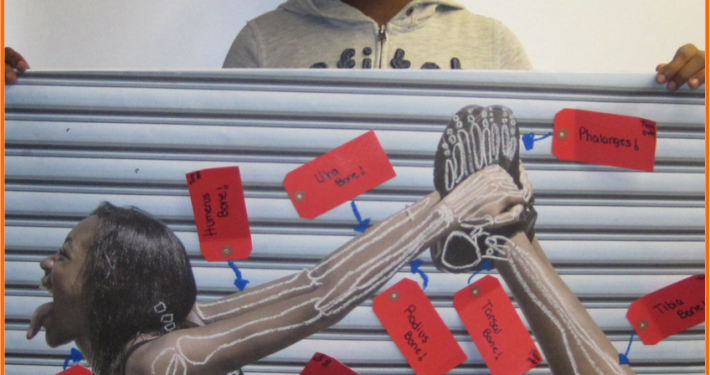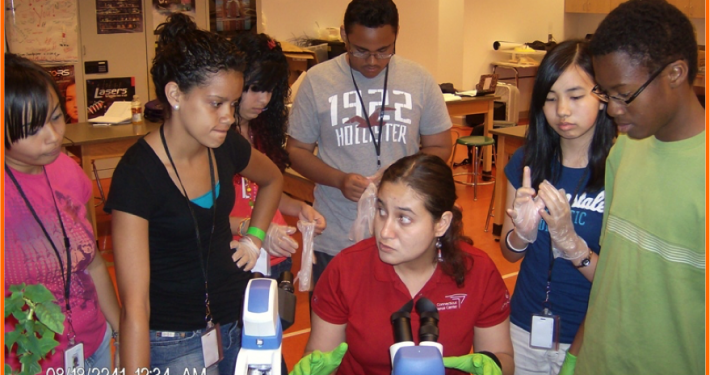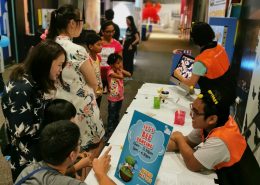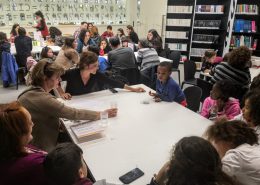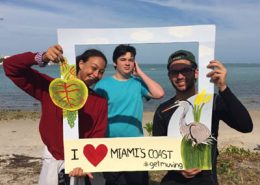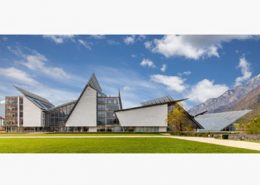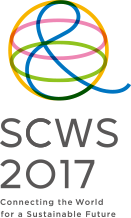By Cheryl Lani Juárez
Patricia and Phillip Frost Museum of Science
Goal 5: Achieve gender equality and empower all women and girls
Informal science learning environments possess many attributes that make them ideal for supporting learning experiences that level the STEM playing field for girls in general and minority girls in particular. For over two decades the Patricia and Phillip Frost Museum of Science has been building, testing, and scaling models for engaging girls in STEM. An international literature review found that “museums and science centers are places for housing effective informal science programs for girls. Relevant and adaptable content increases the chances that girls will be motivated to participate in such programs as does the student-centered, hands-on, project-based approach that emphasizes collaborative teamwork in a low-pressure setting preferred by girls. Positive relationships with peers who share an interest in science and well-trained professional staff as well as with working scientists fosters the development of girls’ science identities, a central factor in the decision to say ’yes‘ or ’no‘ to continuing in the science pipeline” (Munley & Rossiter, 2013).
An early example of building and testing models is the museum’s Girls Redesigning and Excelling in Advanced Technology (GREAT) project (2001-2004), funded by the (U.S.) National Science Foundation to design and implement an innovative model program to increase the confidence, interest, and preparedness of girls to pursue academic and employment opportunities related to high-end careers in the field of information technology (IT). The project served 78 girls, each participating in 18 months of Saturday workshops and summer institutes to learn to work with the 3-D Studio Max Virtual Reality software, a precursor of the current virtual reality technology. Final evaluation indicated the project exceeded its goals to build girls’ confidence and expertise with advanced technology applications, engage girls in the use of advanced technology to solve real-world problems, and strengthen girls’ communication and presentation skills.
Frost Science created the Girls RISEnet (Raising Interest in Science and Engineering) model to test strategies museums and science centers could use to engage and motivate minority girls in grades 6–12 to explore and pursue science and engineering careers. After successfully implementing the program at Frost Science, Girls RISEnet was rolled out to a network of 11 science centers and museums across the nation, with the goal to raise awareness and broaden access for girls traditionally underrepresented in STEM. Collaborators included the Association of Science and Technology Centers (ASTC) and SECME, Inc.
Museums in the network include the Connecticut Science Center, New York Hall of Science, Maryland Science Center, COSI, Saint Louis Science Center, Kentucky Science Center, Sci-Port: Louisiana’s Science Center, Oregon Museum of Science and Industry (OMSI), Explora, and the California Academy of Sciences. To date the project has reached over 1,000 informal educators through regional workshops. Minigrants have been awarded to 56 organizations throughout the country to implement girl-friendly strategies learned at the regional workshops. Monthly e-newsletters that highlight science and engineering resources reach 780 individuals and organizations, and the resource-rich website (girlsrisenet.org) has reached over 18,000 unique visitors.
Girls RISEnet expanded internationally, working with researchers in the United States, the European Network of Science Centres and Museums (ECSITE), and the Network for the Popularization of Science and Technology in Latin America (Red-POP), to develop two products available to download in the resources section of the girlsrisenet.org website:
- an international literature review that synthesizes what is known about how science centers and museums contribute to girls’ engagement with STEM, summarizes what is useful for practice, and identifies gaps in the research
- an international survey that identified common global themes and issues and began to outline opportunities for science centers and museums to advance gender equity.

